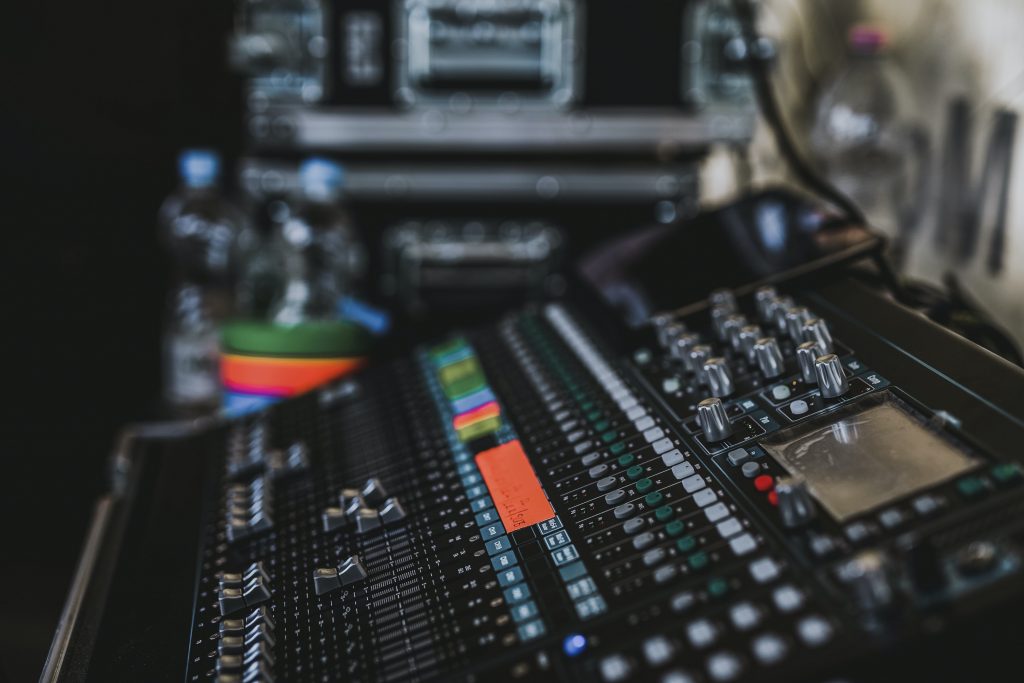When the lights go down in your studio during a session (along with everything else), it means you have a crisis on your hands. Instead lets learn how to avoid costly studio power disasters by implementing power conditioners and uninterruptible power supplies.
UPS:
UPS provides battery in the event of a power outage. In this case, the UPS makes an immediate transition to battery power, allowing your gear to stay on even though the main power is down and even save your work and properly power down devices.However, UPS is not a generator and you shouldn’t expect to have your entire studio (amps, mics, console, speakers, lights, outboard gear, etc.) running through a UPS. Don’t simply keep a session going in the event of a power outage. A UPS will just buy you the time you need to save your settings and files if you need to shut down everything with little warning.
Another rule of thumb is if a piece of gear needs time to boot up when powered on, it should probably be protected by your UPS. The most obvious example is the computer running your DAW — and don’t forget your computer monitor too, otherwise you won’t be able to see your desktop to save your work and shut down properly. Obviously, any drives or recording devicesneed to be protected as well. You may decide it’s advantageous to protect network gear like routers with your UPS too so that you can maintain network connectivity (this is especially important in larger multi room facilities). Always plug all your gear into UPS for maximum protection!
Power Conditioner:
A power conditioner will protect all gear against harmful voltage spikes and other power anomalies. A professional power conditioner resists transient voltage spikes with ease, clamps down on errant voltages reliably, and will sacrifice itself if necessary (like in the event of a-catastrophic lightning strike) to protect your equipment. Most power conditioners will actually utilise some type of EMF/RF noise filtering to prevent noise from “dirty” power leaking into your audio system. Some conditioners even offer sequenced power cycling to turn your gear on and off in the correct order.
However, a power conditioner will not keep your gear running after a power outage like a UPS will; it will only protect against surges and spikes associated with the initial outage. And it’s important to note that a power conditioner will not actually correct or stabilise irregular voltage levels — that is a job for a voltage regulator and is outside the scope of this article. Basically, a power conditioner is there to provide clean power to your gear, to salvage against surges, and in the event of a power surge that the power conditioner cannot completely absorb, to sacrifice itself to salvage whatever gear is plugged into it.
What Should I Plug into My Power Conditioner?
If not already plugged into your UPS, your computer and monitor, should be plugged into a power conditioner. Things like analog mixers, mic preamps, keyboards, and guitar ampstypically won’t suffer in the event of a power failure, but they are susceptible to day-to-dayvoltage irregularities and transient spikes. A power conditioner will prevent against any harmful voltages, while also offering a better way to power on or turn off multiple pieces of equipment simultaneously.
Now you know how to power and protect the gear in your studio. You should go ahead and get a combination of UPS and power conditioning solutions for maximum protection against electrical issues. Even more ideally, you will have an emergency shutdown procedure in place to quickly and safely power down your studio when it’s running on a UPS.








